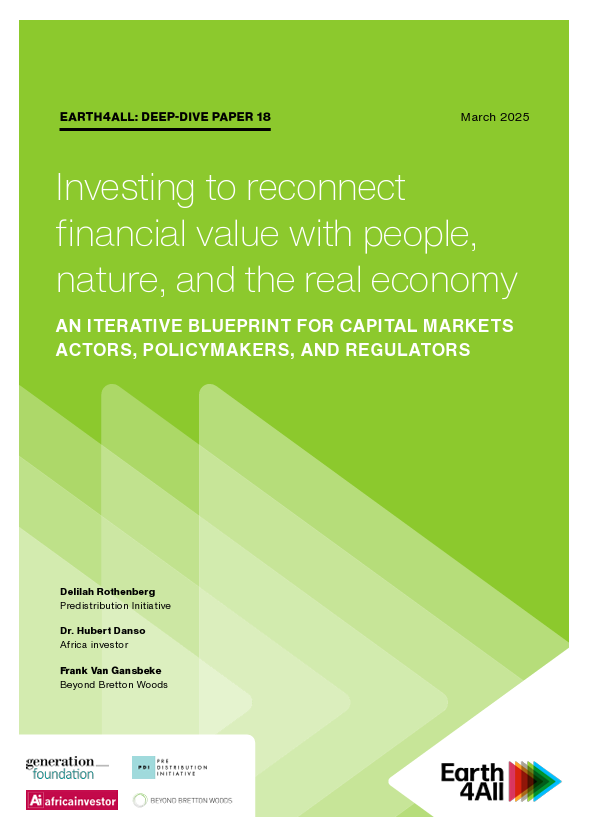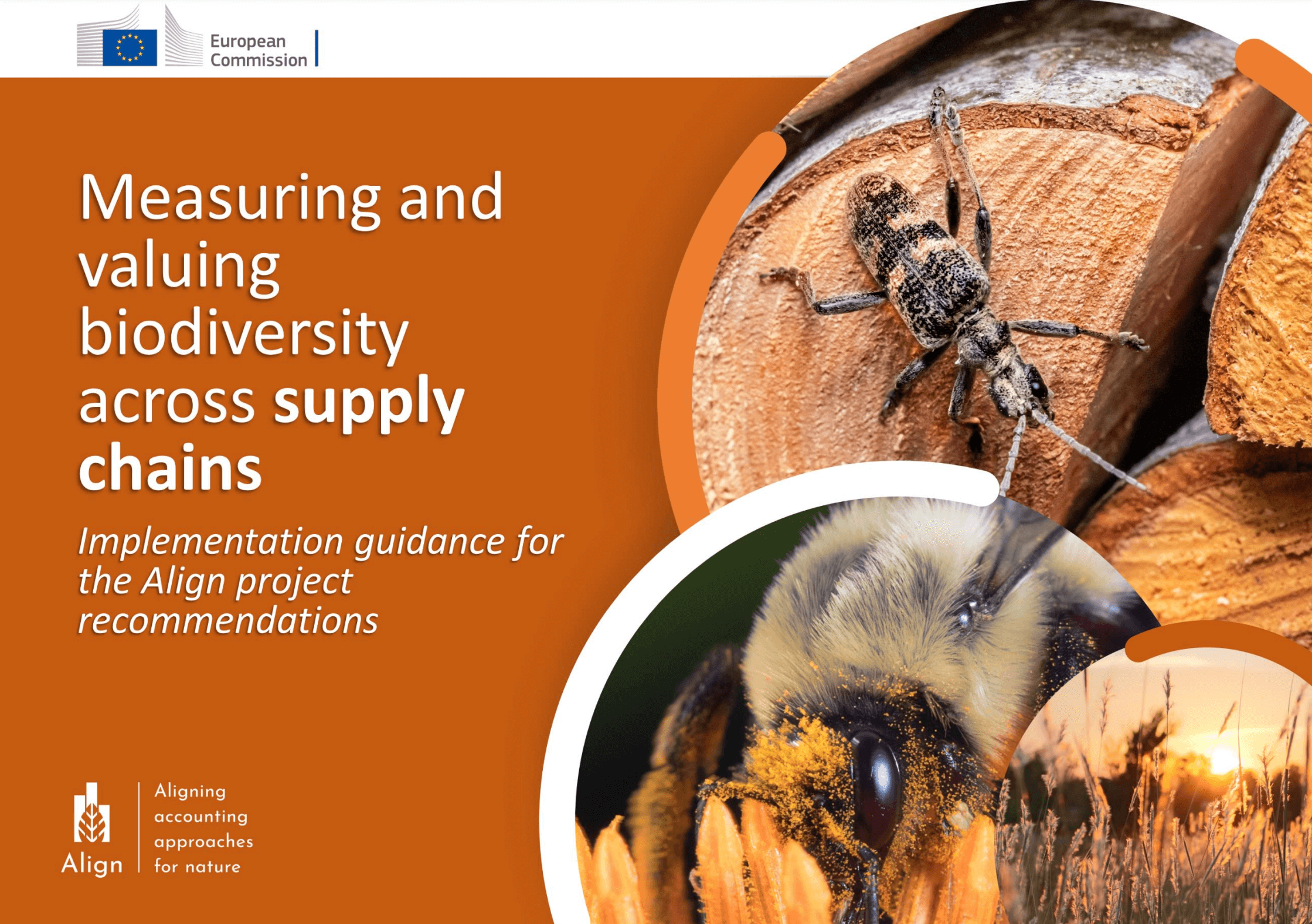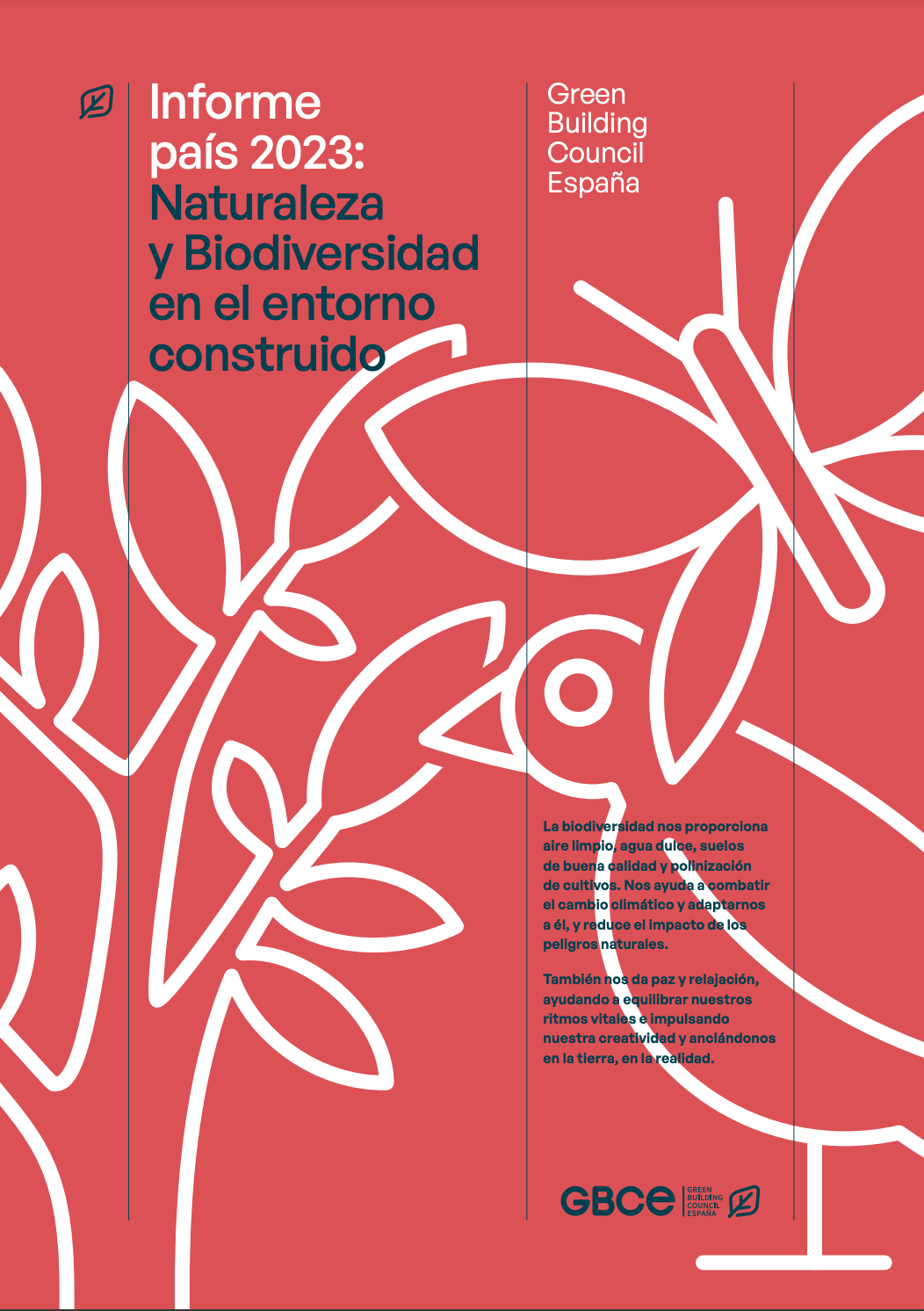Detalles
| The planetary limit of biodiversity, both in terms of species disappearance – genetic loss – and functionality, presents a much greater level of urgency and degradation than climate change. This is stated in the GBCe Country Report 2023: Nature and biodiversity, by Green Building Council Spain (GBCe), which specifies that seven out of 10 species of wild animals have disappeared since 1970 – according to WWF data – and that of the eight million species that exist, one million are in danger of extinction and could end up becoming extinct in a few decades – according to the UN. Changes in land use, overexploitation, pollution, invasive alien species and climate change are the five direct drivers of biodiversity loss, the document highlights. These direct drivers, along with a number of underlying causes – indirect drivers – including production and consumption habits, human population dynamics and trends, trade, technological innovations and governance systems, are responsible for biodiversity loss – as specified by the Intergovernmental Science-Policy Platform on Biodiversity and Ecosystem Services (IPBES). The report addresses the situation of buildings in the face of the challenge of biodiversity, and highlights that, in terms of buildings, it is necessary to differentiate biodiversity inside and outside cities. Building is having an impact on what is not seen, on what is outside the cities, changing land use on a large scale for the extraction of raw materials, the deforestation of large areas for the use of wood without a chain of custody and, above all, polluting ecosystems due to emissions from factories. buildings, etc. In addition, large amounts of water are being consumed outside cities to manufacture materials required within cities, so it is necessary that the prescription of these materials takes into account the impact they have on biodiversity. Faced with this scenario, a new way of relating to nature is necessary that takes into account the functions it offers us as a support for life and that moves away from the conception of economic progress based on GDP. |
Recursos relacionados

Investing to reconnect financial value with people, nature and the real economy: an iterative blueprint for capital markets actors, policymakers and regulators
This paper discusses the growing disconnect between financial markets and the real economy, and asks how the balance of the…

Measuring and Valuing Biodiversity Across Supply Chains supplement
The global decline in biodiversity is a risk to businesses and society. Companies need to examine and measure their impacts…

Nature-related Financial Risks: a Conceptual Framework to guide Action by Central Banks and Supervisors
This paper aims to create a common language and scientific understanding of nature-related financial risks among members of the Network…


